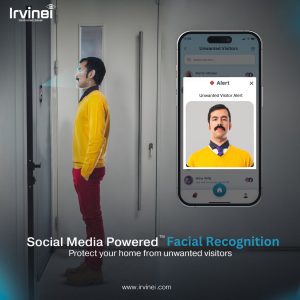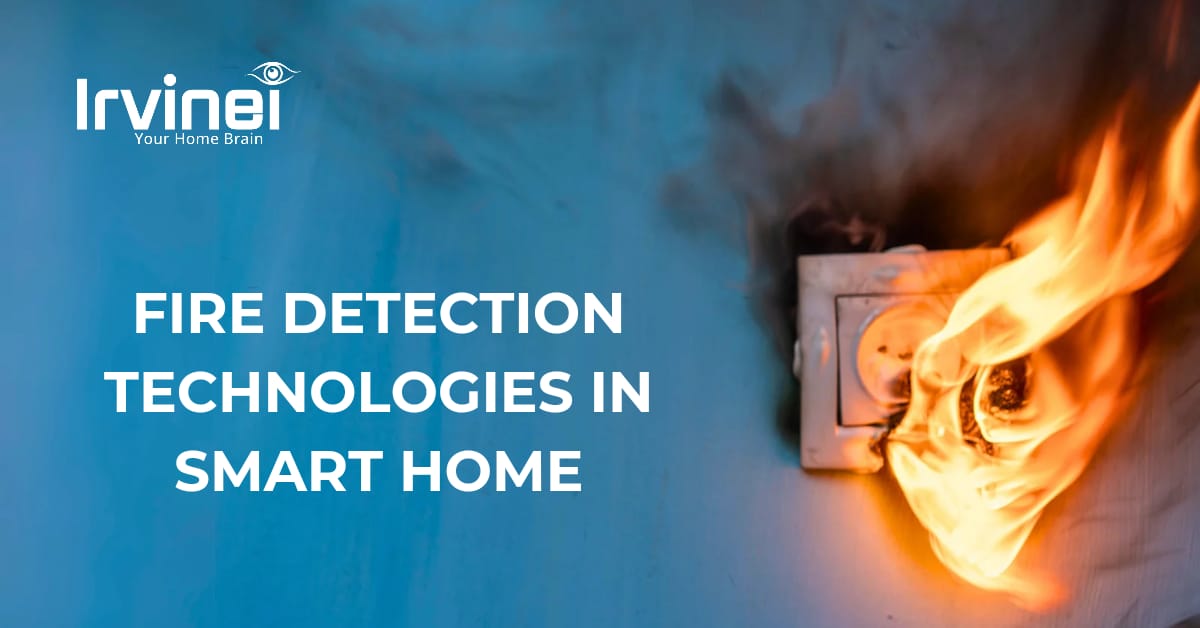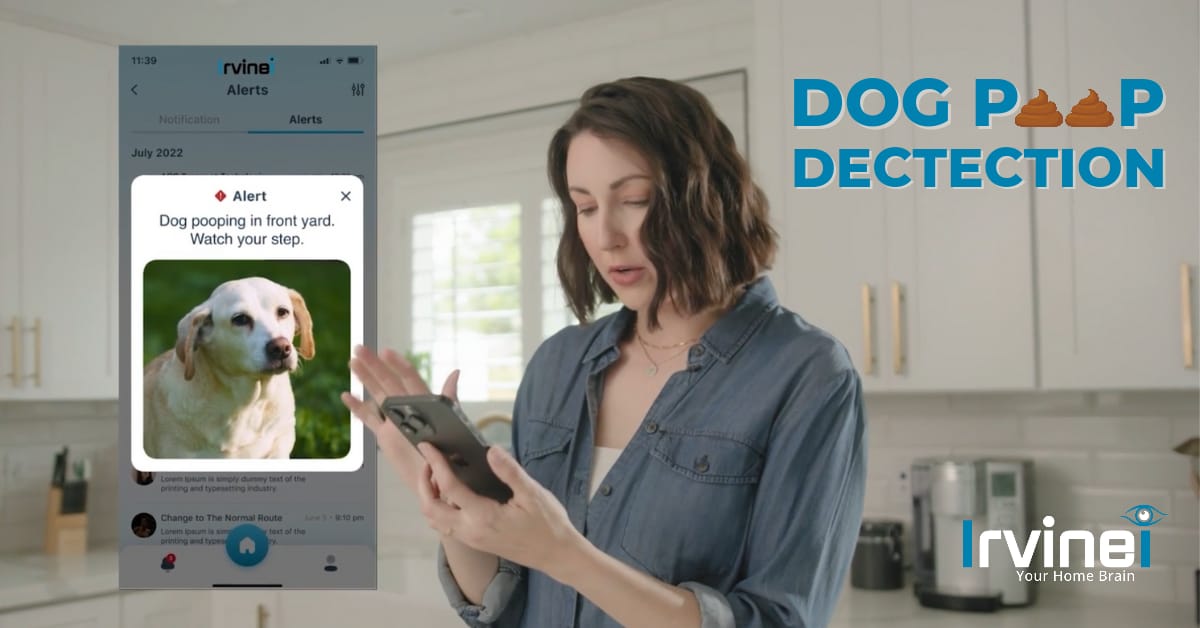Traditionally, home security systems were perceived as bulky, complicated, and often expensive. The advent of social media-powered doorbells revolutionized this landscape, providing an affordable and user-friendly alternative. With features like real-time video streaming and two-way communication, these devices enable users to respond to visitors, whether expected or not, from the convenience of their smartphones or tablets.
Enhancing Independence for the Elderly
For older people, social media doorbells serve as more than just a security measure; they become a tool for independence. As mobility decreases with age, answering the door or verifying the identity of visitors can be challenging. Social media-powered doorbells bridge this gap, allowing seniors to communicate without physically opening the door. This newfound ability not only enhances their safety but also empowers them to maintain control over their living space.
The live video feed feature provides a visual confirmation of who is at the door, reducing the risk of scams or unauthorized entry. Moreover, these devices often integrate with voice-activated assistants, such as Amazon’s Alexa or Google Assistant, making them accessible to seniors who may not be tech-savvy. The result is a sense of security and autonomy that significantly contributes to the overall well-being of elderly individuals.
Empowering the Disabled Community
Similarly, the disabled community benefits significantly from the integration of social media doorbells into their homes. Physical limitations that restrict movement make answering the door a cumbersome task for many disabled individuals. Social media-powered smart doorbells act as virtual doormans, enabling them to communicate with visitors and delivery personnel without the need to navigate to the door physically.
Moreover, for those with hearing impairments, the visual and real-time communication features of these devices prove invaluable. Notifications through smartphones or other connected devices ensure that individuals with hearing challenges are alerted promptly, providing an inclusive solution to a common problem faced by the disabled community.
Addressing Concerns of Privacy and Security
While the advantages of social media doorbells are evident, it is crucial to address concerns related to privacy and security. The continuous monitoring of surroundings raises questions about data protection and the potential misuse of collected information. Companies producing these devices must prioritize robust encryption protocols and transparent privacy policies to alleviate these concerns.
Educating elderly and disabled users on how to use these devices securely is equally essential. Understanding the potential risks and implementing best practices, such as regularly updating passwords and firmware, can significantly enhance the overall safety of these systems.
Overcoming Accessibility Challenges
While the advantages of social media doorbells for the elderly and disabled are evident, it’s essential to recognize the potential challenges they may face in adopting these technologies. Many of these individuals may not be familiar with the latest gadgets or may have physical limitations that affect their ability to use them effectively. Hence, creating awareness and providing adequate support is crucial to ensuring the widespread adoption of social media-powered doorbells in these communities.
To address accessibility challenges, companies should design user interfaces that are intuitive and easy to navigate. Features such as large icons, simple touch commands, and clear audio instructions can significantly enhance the user experience for the elderly and disabled. Additionally, providing thorough user guides, video tutorials, and dedicated customer support can empower users to make the most of these technologies.
The benefits of social media-powered doorbells extend beyond individual homes; they contribute to the broader concept of community well-being. For elderly individuals who may face social isolation, these devices facilitate virtual connections with neighbors, friends, and family. The ability to see and talk to visitors without leaving the house encourages social interactions, fostering a sense of community and reducing feelings of loneliness.
Similarly, disabled individuals can feel more integrated into their communities as these devices streamline communication with neighbors and service providers. By allowing seamless interaction with the outside world, social media doorbells contribute to breaking down physical barriers and promoting a more inclusive society.
In the case of both the elderly and disabled, the role of caregivers and support networks cannot be overstated. Social media doorbells provide an additional layer of support, enabling caregivers to monitor the well-being of their charges remotely. Whether it’s checking in on an elderly parent or ensuring the safety of a disabled family member, these devices offer peace of mind and facilitate timely assistance when needed.
Additionally, integrating emergency response features, such as panic buttons or automated alerts, can further enhance the safety net for vulnerable individuals. This proactive approach ensures that caregivers and support networks can respond swiftly to any unforeseen circumstances.
Balancing Independence with Oversight
While social media-powered doorbells empower the elderly and disabled with newfound independence, it’s crucial to strike a balance with oversight. As these technologies become integral to daily life, periodic check-ins from caregivers, family members, or neighbors can help ensure that everything is functioning as intended. This collaborative approach reinforces a sense of security and community, making the adoption of social media doorbells a collective effort.
How is the Irvinei Touchscreen AI Powered Doorbell beneficial for the disabled and elderly?
The Irvinei social media-powered doorbell boasts a range of features specifically designed to cater to the needs and preferences of disabled and elderly individuals. Let’s explore how these features contribute to making Irvinei an excellent choice for enhancing the lives of this demographic:
7″ Touchscreen with Easy Interface
- A larger touchscreen ensures accessibility for those with visual or dexterity challenges.
13 MP + Night Vision with Wide-Angle Lens
- High-resolution cameras with night vision aid in the clear identification of visitors, addressing security concerns.
Command and Control Smart Devices
- Elderly users benefit from centralized control, managing home automation effortlessly.
Integration with Google Home
- Seamless integration allows hands-free control, enhancing accessibility for those with mobility challenges.
Social Media Integration and Real-Time Alerts
- Stay updated with Social Media Powered Facial Recognition and receive immediate alerts for doorstep events.
Share Recorded Events
- Share important moments or security incidents on social media, fostering a collaborative approach to safety.
Anti-Theft Measures
- Added security measures provide peace of mind, which is especially important for vulnerable users.
Customization Options
- Change themes, including TikTok videos, for personalized and entertaining experiences.
Two-Way Communication
- Effortless communication with visitors, caregivers, or delivery personnel without leaving the comfort of one’s space.
In essence, Irvine combines advanced features and accessibility options to provide an inclusive solution that enhances security, communication, and overall quality of life for the elderly and disabled.
Frequently-Asked Questions (FAQs)
How do cameras keep you safe?
Security cameras play a pivotal role in keeping you safe by acting as a deterrent and providing surveillance. The presence of cameras alone can discourage potential intruders. Moreover, in the event of suspicious activities, cameras capture real-time footage, aiding law enforcement in investigations and providing crucial evidence for identifying and apprehending perpetrators.
What are the benefits of home security cameras?
Home security cameras offer numerous benefits, including:
- Deterrence: The visible presence of cameras discourages burglars and intruders.
- Surveillance: Real-time monitoring allows homeowners to keep an eye on their property remotely.
- Evidence: In the event of a security incident, recorded footage serves as valuable evidence for investigations.
- Peace of Mind: Cameras provide a sense of security, allowing homeowners to feel safer and more in control.
- Integration: Many modern cameras integrate with smart home systems, enhancing overall security and convenience.
How safe are wireless cameras?
Wireless cameras are generally safe and secure. They use encrypted signals to transmit data, reducing the risk of unauthorized access. However, like any technology, they are not immune to potential vulnerabilities. To enhance security, it’s essential to use strong, unique passwords, regularly update firmware, and ensure that the chosen wireless protocol is secure.
Does a door camera improve security?
Yes, a door camera significantly improves security. It acts as a virtual peephole, allowing residents to verify the identity of visitors without opening the door. This prevents unauthorized entry, enhances personal safety, and provides an added layer of security by capturing footage of anyone approaching the door.
Are there privacy concerns associated with wireless door cameras, and how can they be mitigated?
Privacy concerns are valid when it comes to wireless door cameras. To mitigate these concerns:
- Placement: Ensure cameras are positioned to capture only essential areas and respect the privacy of neighboring properties.
- Encryption: Choose cameras with strong encryption protocols to protect footage from unauthorized access.
- Local Storage: Opt for cameras with local storage options, reducing the reliance on cloud services and minimizing the risk of data breaches.
- Privacy Settings: Regularly review and customize privacy settings, limiting access to footage to trusted individuals only.
- Informed Consent: When installing cameras in shared spaces, inform neighbors and obtain their consent to address privacy concerns collaboratively.











